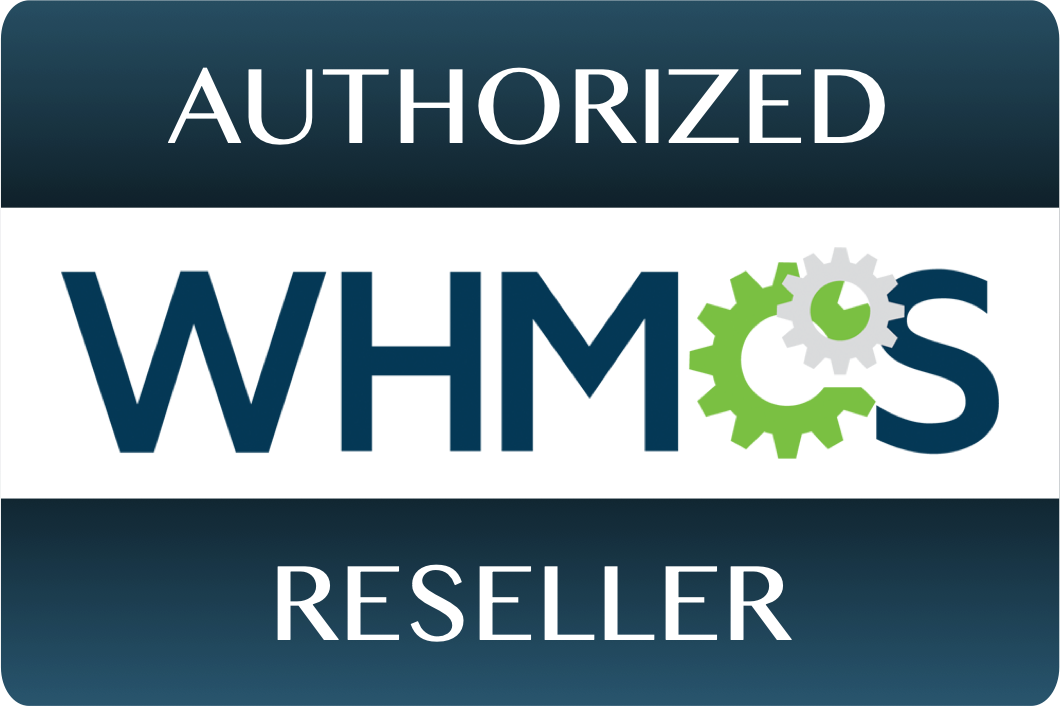
Lets Encrypt is a Certificate Authority (otherwise known as a CA) that provides FREE SSL certificates. The intention of giving away these free certificates is to promote a more secure internet and although they are free certificates, they are by no means less safe. Today we are going to talk about the benefits of this type of SSL and when it’s most appropriate to use it.
The first obvious benefit is that it is FREE. Not a trial, or a less secure version of the real thing. We literally mean that it costs no money for use. The second feature that should be pointed out is that it is secure. Lets Encrypt is meant to push webmasters towards using safer practices when they otherwise would not. This security benefits all of us who use these websites and protects us all from risk of man in the middle attacks or data theft. Finally, the impact on your sites SEO. Google has been pretty clear about how it intends to reward SSL users with better search results.
So if this one is free why would anyone buy SSL?
That is a very good question. Despite there not being any difference in quality of protection there is a clear difference in the way in which each is intended to operate. Lets Encrypt certificates do not provide Organizational Validation (or OV for short) and instead can only provide Domain Validation (or DV). The DV certificates can only provide a secure connection to the website and don’t validate any additional info. They don’t verify who is purchasing the certificate or require further email verification.
If they are different which one should I use?
If your site is a Business, or you ever process payments or sensitive personal data from your customers, you should definitely choose to pay for SSL. You are offering a further level of protection that makes a powerful difference in the eyes of your customers. You and your site are showing them that you are safe, secure and certifiably trustworthy. In all other instances there is Lets Encrypt.
For more information regarding using Lets Encrypt and SSL in general at ASPnix see here.








